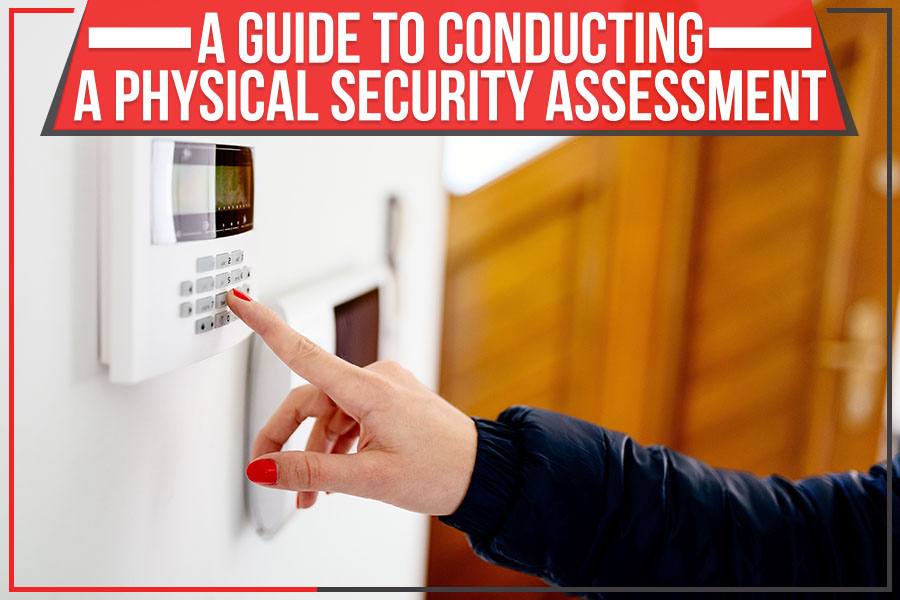A Guide To Conducting A Physical Security Assessment

 Most of us install security alarms and locks on our properties. We think that we have done enough to protect ourselves.
Most of us install security alarms and locks on our properties. We think that we have done enough to protect ourselves.
But is that the case? Are you confident that your home is as safe as it could be? Vandalism and theft, on-site accidents, and even extreme weather conditions can all risk your property and possessions.
If you’re uncertain whether your home is safe, you should consider conducting a physical security assessment. A physical security assessment is designed to evaluate the vulnerabilities of a site and identify potential security risks.
It’s important to remember that physical security is not just about protecting your property from thieves and vandals. It’s also about protecting your family and loved ones from accidents and injuries.
Here’s a guide to conducting a physical security assessment:
1. Identify the Risks:
Depending on the location of your home, there are different risks that you’ll need to be aware of. If you belong to an urban area, you’ll need to be concerned about crimes such as burglary and vandalism. If you’re from a rural area, you must factor in natural disasters such as floods and earthquakes.
2. Evaluate the Vulnerabilities:
Once you’ve identified the risks, you’ll need to evaluate your home’s vulnerabilities. Are there any weak points that criminals could exploit? Are there any areas of your home that are particularly susceptible to damage in a natural disaster?
3. Develop a Plan:
Knowing the risks and vulnerabilities can’t do you any good unless you develop a plan to address them. You’ll need to decide what security measures you’ll take to protect your home.
For example, if you’re worried about burglars, you might install deadbolts on your doors and windows. If you’re concerned about floods, you might install flood and temperature detectors.
4. Implement the Plan:
Without the right products and services, you can’t successfully implement your physical security plan. Do some research to find the products and services that best fit your needs. Maybe your property could use a CO and smoke detection system, or you need to invest in a home security system with cameras and motion detectors.
5. Test Your Security Plan:
Testing your physical security plan is critical if you don’t want to end up in a situation where your security system fails when you need it most. Make sure to test your plan regularly and update it as required. You can do this by conducting mock drills or hiring a professional security company to do a thorough assessment.
Pro Tips:
Sometimes the physical security systems operate without any problems, but the people who are supposed to be using them don’t. Ensure that everyone in your family knows how to operate the installed security systems.
For instance, teach your family members how to navigate the security apps on their phone, use the security system in your home, and what to do if they see something suspicious.
It’s also essential to have a security plan that is responsive to your family’s changing needs. For example, if you have a baby, you’ll need to childproof your home and ensure that all of your security devices are out of reach.
Conclusion:
You can use various other home security systems to protect your family and home. The most critical part is to hire a competitive and experienced professional for your home security installation.
Safelink Systems, serving Piedmont, CA, is a trusted home security company that can install a home security system tailored to your specific needs.